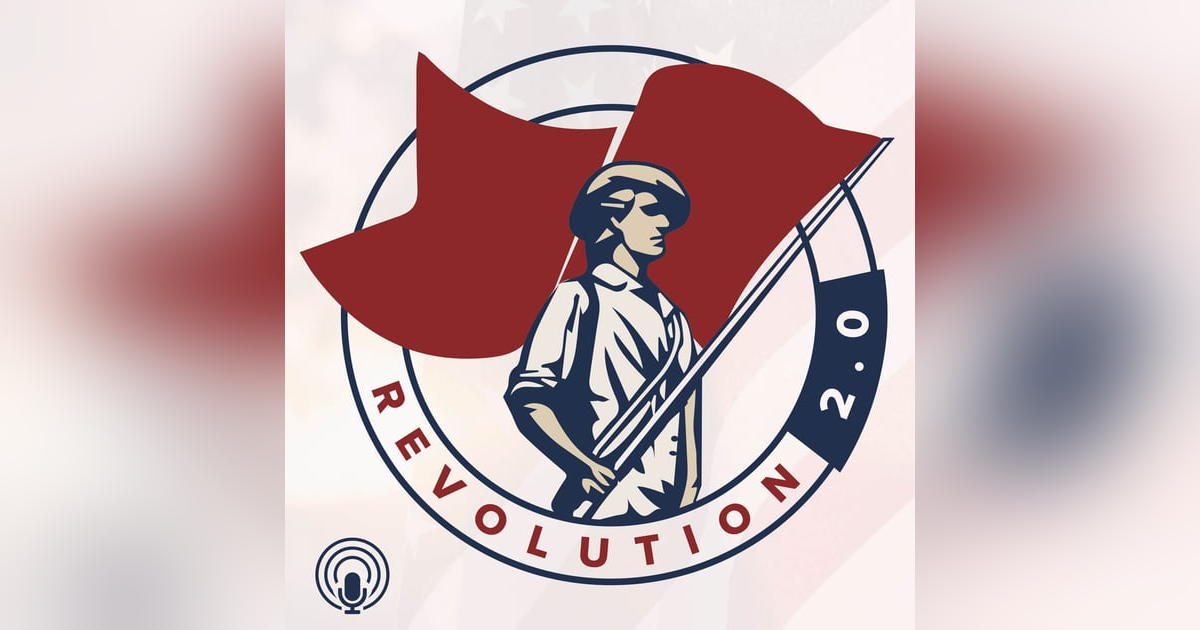Supreme Court As A Legislature: Getting It Terribly Wrong (EP.267)

Introduction
Is the Supreme Court’s function to, “Do the right thing,” as dictated by the nine individual Justice’s consciences, or is it to determine if a law or other enforceable rule is constitutional?
That is the subject of today’s 10-minute episode.
Continuing
A key part of the genius of the founding documents is the separation of powers amongst the Executive, Judicial and Legislative branches. The checks and balances with the three branches of government were put in place to avoid having one branch dominate the others. Aided and abetted by many of the Justices themselves, there continues to be a destructive push to make SCOTUS the second legislative branch; the backup branch if the duly elected representatives in the legislature are deemed to have gotten it “wrong”. A group of lifetime political appointees can right that “error” by the people’s representatives through judicial legislation, lawmaking from the bench. And judicial legislation should be an oxymoron.
Let me support the answer to the opening question by quoting the late Justice Antonin Scalia. “The judge who always likes the results he reaches is a bad judge.” This is Scalia’s clear and unambiguous answer: a Judge (or Justice) must apply the law, the Constitution; his personal beliefs have no place in a decision. Personal beliefs, personal convictions on issues, belong to the Legislature. That’s where laws are made. If a law that may make a Justice or judge gag is constitutional, and no one’s constitutional rights were violated in the application of that law, the Justice must–must–uphold that personally-offending law as constitutional. Leave making and changing laws to the legislature, and amending the Constitution to the amendment process.
Today’s Key Point: Justices and other judges must avoid changing or making laws based on their personal beliefs. The Judicial branch is there to rule on the constitutionality of the law and its application, and whether a crime was committed under the law. We need three equal and distinct branches of government; Judicial, Legislative and Executive–not two Legislatures and an Executive.
Imagine for a moment that you are having a new house built, and you need a full complement, say ten each, of carpenters, plumbers and electricians to get the job done. After four months into an expected three month completion, you visit the job site and see a mess–with completion nowhere in sight. Then you notice that there are twenty carpenters, ten plumbers and no electricians. When you asked the General Contractor how that happened, he said, “Well, you see, all of the electricians thought that carpentry was the more important job, so I allowed them to make the switch.” “Can’t you see that is not working? We will never get what we paid for and deserve this way.” The GC shrugged, pointed to the crew and said, “There is nothing I can do. The union protects them, and I cannot fire a single one.”
Let’s try a different example. Your child is in school, taking classes in Geometry, English, US history and Civics. You notice that the Civics Zoom classes are always about alternative views of the history of the US. The teacher is passionate about consistently sharing his views, so you arrange for an in-person visit. After some pleasantries, you ask, “You are the civics teacher, why are you concentrating on history, and your version of history at that? My child is taking a separate class in history, and you are supposed to be teaching civics. You know, the different branches of the government, how laws get passed, and so on.” “Well.” the teacher replied, “What I am teaching is more important than anything in a civics class. Who cares about how a law gets passed in a systematically racist society?” Here your student has two history teachers, and a single teacher in geometry and English. And is learning nothing about civics–the topic of today’s episode.
The construction example, while hopefully instructive, was silly on the face of it. The school example is happening all across the country, perhaps in a school district near you.
Here is a specific example of Scalia doing exactly the right thing as a Justice, even though he personally disagreed with the outcome.
Washington State had a law allowing non-parents to petition a court for visitation rights over the parents’ objections, applying only the “best interests of the child” standard. The parents sued, alleging a “constitutional right” to direct and control their children’s upbringing, which was violated by the court being permitted to substitute its judgment of what was best for the child over the judgment of the parents, even with no showing that the parents were “unfit”.
In this case, Troxel v. Granville in 2000, the Court held, in a divided 4–1–1–3 opinion (that is, 4 in the plurality, 2 solo concurrences, and 3 dissents), that such a right did exist, and that the visitation decisions of “fit” parents with regard to non-parents must be given “special weight”, which, in practice and subsequent cases, has turned out to mean almost total deference. In comes Antonin Scalia—very conservative, traditional Catholic, father of nine himself; he absolutely believed that parents should have almost total discretion in raising their children.
But he was one of the dissenting opinions. He simply didn’t believe that the text of the Constitution justified the conclusion. He might have had to swallow hard, but he did his job despite his personal belief about what was the right thing to do in this case.
The late Justice Ruth Bader Ginsburg was a towering woman, despite her diminutive size. A literally larger than life figure, she was the leader of the Progressive wing of the Supreme Court of the United States. Many of her decisions, and ringing dissents, will long be studied and admired. But she greatly misunderstood her job. She saw her responsibility as correcting what she considered wrongs, instead of applying the Constitution. Had she held an elected office, say, Senator from New York, I would have no quarrel about how she interpreted her job. As part of the elected legislature, her job, at least in part, would have been to advocate for and make laws regarding issues like equality for women. And brava! But not as a Justice or judge.
Ah, but Will, how can anyone, especially judges and Justices, ignore anything they see as blatantly wrong? I am not recommending anything like that. In their comments, they are free to talk about what they believe to be right and wrong, and recommend action on those beliefs to the appropriate legislative authority. But that’s it. This elegant, highly functional and admirable system of the balance of power and checks and balances amongst the branches, Executive, Legislative and judicial, must be preserved.
The trap that is so easy to fall into is the, “Do the right thing now–whatever it takes.” trap. Doing the right thing in the wrong way can be more dangerous than doing nothing at all, especially when there is already a clear path, a carefully outlined process for doing the right thing in the right way. But it is harder doing it the right way, yes? And if you can’t get enough other people to agree with you, then it does not get done at all. Right? Well, then phooey on waiting, and the heck with those people who might not agree with me. Let’s just get what I want done now by effectively passing laws from the bench. And then, somehow, stand up as a strong supporter of the democratic process while pushing for judges and Justices to legislate from the bench instead of leaving lawmaking to democratically elected legislators.
Do the right thing? Absolutely. And do it in the right way.
Tell me what you believe. I and many others want to know.
As always, whatever you do, do it in love. Without love, anything we do is empty.
Contact
As we get ready to wrap up, please do respond in the episodes with comments or questions about this episode or anything that comes to mind, or connect with me on Twitter, @willluden, Facebook, facebook.com/will.luden, and LinkedIn, www.linkedin.com/in/willluden/. And you can subscribe on your favorite device through Apple, Google, or Stitcher.
If you liked today’s episode, other episodes or the revolution2-0.org site itself, comment, subscribe, and encourage others to subscribe with you. Each One Reach One will help spread the word about Revolution 2.0™.
Will Luden, coming to you from 7,200’ in Colorado Springs.








